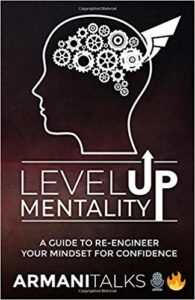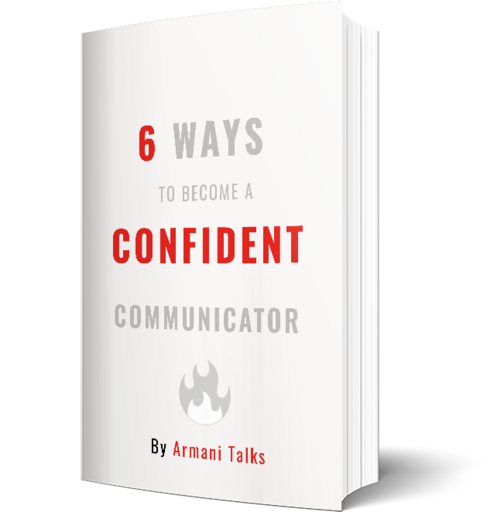5 Storytelling Techniques from Breaking Bad
I often see people asking for books to learn storytelling.
That’s a fair request.
But why not learn from the final product?
‘What do you mean?’
Rather than learn the theory, watch it in action.
There is advice out there that says all forms of entertainment needs to be cut.
Cancel Netflix asap!!
Sure, that advice may work for some.
However, those who want to learn storytelling…should use the entertainment to learn storytelling techniques.
What better example of storytelling than Breaking Bad?
Breaking Bad is often heralded as the greatest show of all time.
If that’s the case, can we learn storytelling techniques from this show?
Yessir!
If you haven’t watched Breaking Bad but plan to, then don’t read this article.
There may be a few spoilers.
1. Storytelling Requires REAL Human Experiences
There are 2 kids.
Jonathan and Michael.
They both begin reading fiction.
When Johnathan reads fiction, he thinks everything is fake.
When Michael reads fiction, he understands the characters aren’t real, but the human emotions those characters represent are real.
Who do you think will leave wiser after their reading experience?
‘Michael.’
Yep.
Too many people consume fiction like Johnathan.
They hear the phrase ‘fiction’, and immediately think, ‘I can’t learn anything useful.’
Few people consume fiction like Michael.
He understands that fiction represents real-world human experiences.
The story of Walter White is so relatable because it shows the ‘nice guy syndrome’ in action.
There are people who think Walt was such a good guy at the beginning of the show.
Nah…
He was just a nice guy who lacked the courage to act out his true intentions.
We all know a nice guy.
We have all been a nice guy.
So, as we watched Walt, everything felt so real…
2. No One is Safe
Storytelling is all about unpredictability.
If everything is too predictable, then it’s not a story.
It’s an essay.
In Breaking Bad, we saw the main character go from an Average Joe into a monster.
Novice storytellers think in a linear fashion towards storytelling.
In their minds, there is a:
- Good guy vs bad guy.
Where an advanced storyteller makes the audience think:
‘Which one is the good one and which one is the bad one??’
This sort of storytelling technique is advanced, however, it’s a noble target to set over time.
Create characters that are so nuanced that it is difficult to label them.
3. Ordinary Amplifies the Extraordinary
The top-tier storytelling techniques will often be simple.
It won’t be flashy.
I call this the Seinfeld Storytelling Trick.
Seinfeld isn’t worth almost a billion dollars because he talks about fairies and dragons.
Instead, it’s because he notices ordinary things in our daily lives.
Like waiting in line for too long, Pop-Tarts, and rude people.
Breaking Bad leveraged this storytelling technique in the first season.
Some people say season 1 was boring and too slow.
Why do they say this?
Because it covers regular occurrences.
Walt going to work.
Him going to the doctor.
And him living a routine, boring life.
However, that ‘boring’ season made the later seasons of Breaking Bad MUCH more shocking.
By leveraging the ordinary, we can create a powerful contrast when we introduce the extraordinary.
Yin and Yang status.

4. Kill Off Time
The audience sees a beginning, middle, and end.
The storyteller sees everything occurring at the same time.
In Breaking Bad, it’s easy to tell that Walter White is a genius.
He is crafty, can build things & problem solve with ease.
It’s also evident that he didn’t amount to who he thought he should have amounted to.
There is one section in the series where a flashback happens.
Walt and his wife, Skylar, are looking for houses.
That’s when a young Walt says:
‘I think we need to think bigger.’
As an audience member, seeing that flashback gave me a deeper look into who Walt was.
I was like:
‘Yo, this guy actually had some big dreams. He wasn’t always a bum.’
Also, throughout the series, there were some flashbacks of how Walt had done groundbreaking research for a company in his early years.
Unfortunately, he sold his stake in the company for 5000$. That same company ended up being worth a ton.
This flashback amplifies regret in Walt’s character.
Breaking time allows the audience to further understand the context of the characters & feel more invested in the story.
5. Leverage Darkness
A story without a conflict is like an Oreo without the cream.
For me, one of the most shocking parts of Breaking Bad was when Walter White killed Mike.
Thus far into the series, Walt had gone from a harmless ant into a murderer.
Often, the audience members were quick to forgive his murders.
Mainly because a lot of it was self-defense.
If he didn’t kill them, they would have killed him.
However, his killing of Mike was different.
This murder occurred because Walt’s pride got hit.
Mike demeaned Walt.
That’s when Walt went to his car, got a gun & shot Mike.
Killing him…
This scene even made Walt’s diehard supporters be like:
‘Whoa, this dude is a monster!’
The ego is a storyteller’s best friend.
Most of the conflicts for a story are generated because a character could not control their pride.
Leverage these dark points.
It builds conflict.
Spotting Lessons in Entertainment
Netflix spends millions on:
Writers, actors, directors, producers, and more…
To create a story.
You are being hand delivered the final product.
Sure, we don’t want to turn this into a homework assignment.
However, we can have fun breaking down the WHY!
Why did that character get placed in this position?
How has the character evolved (or devolved) throughout the series?
What settings are common in the show?
Asking these questions & answering them for ourselves builds storytelling fluency.
The more we can spot the why’s behind a story, the more stories we will be able to tell!
Breaking Bad is a masterclass on storytelling.
It’s no question why it’s heralded as the greatest drama of all time!




